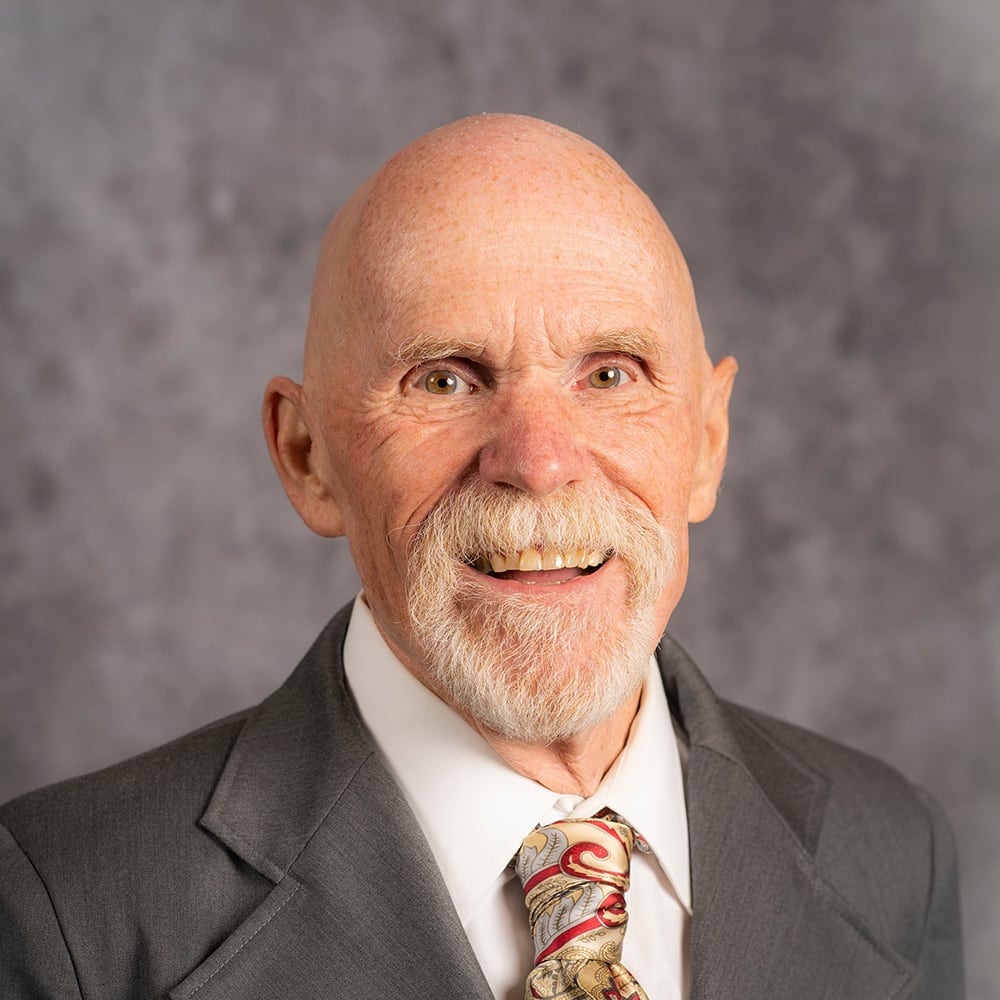Sticks and Stones… and Osteoporosis
Sticks and stones will break your bones—especially if you have osteoporosis. According to the National Osteoporosis Foundation, this bone-weakening disease causes two million bone breaks every year, usually in the hip, spine and wrist.
Symptoms of osteoporosis are invisible—after all, you can’t feel your bones getting weaker. Many people find out they have this common disease only after they’ve broken a bone.
Since older people, particularly women, are at the greatest risk for developing osteoporosis, the U.S. Preventative Services Task Force recommends that women over the age of 65 should get a dual-energy X-ray absorptiometry (DXA or DEXA) scan.
“Dual-energy X-ray absorptiometry scan” is a mouthful. But don’t worry: the procedure is easier than the pronunciation. Also known as a bone density scan, a DXA scan is the most widely used, most studied technique for measuring bone density loss. It is a safe, painless and non-invasive procedure.
During the exam, an imaging device, located above and below the examination table, will be slowly passed over and under the area being examined, generating imagines on a computer monitor. Your radiologist can determine the density of your bones by measuring the absorption of each beam.
Many patients are concerned with limiting their exposure to radiation, but imaging centers committed to best practices—like Cheyenne Women’s Imaging Pavilion—have pledged to Image Wisely and Image Gently: in other words, to only perform necessary procedures, and to use the lowest radiation dose possible while producing the best images for evaluation.
If you and your physician decide it’s time to check on your bones, ask for a referral to Cheyenne Women’s Imaging Pavilion at Cheyenne Radiology—and stay away from those sticks and stones.






